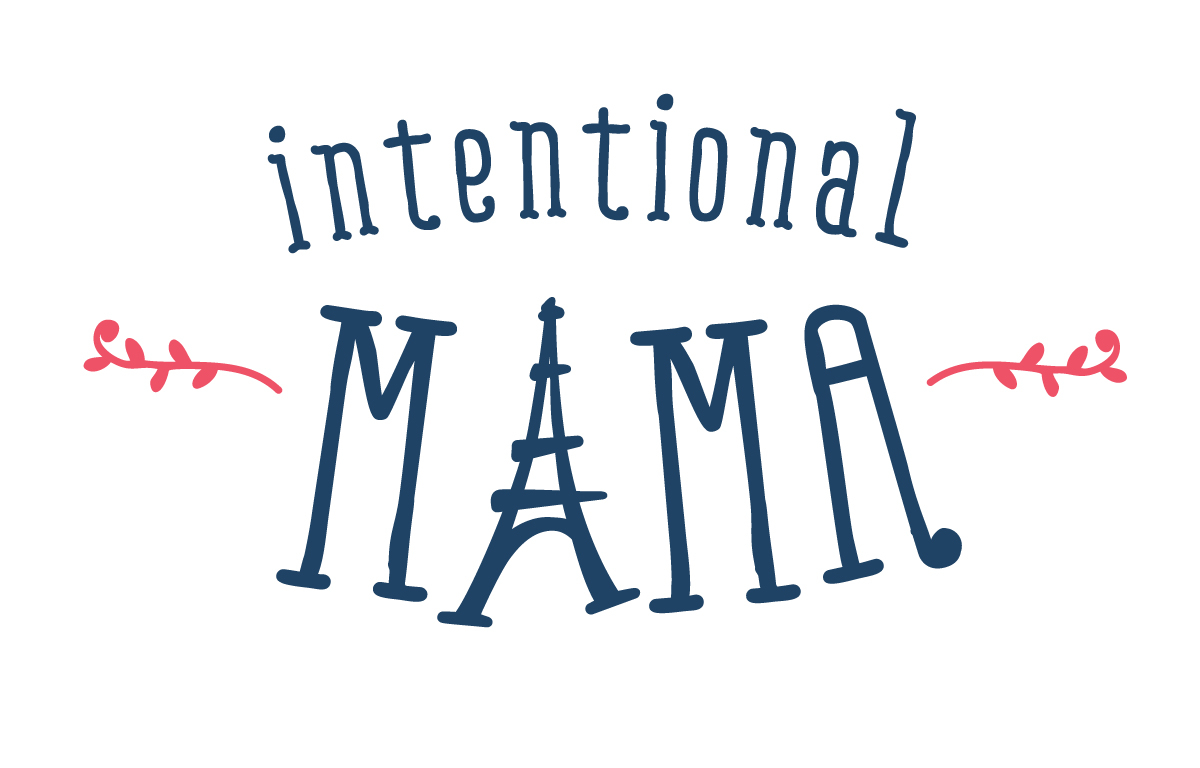5 Books that Changed my Parenting: Book 2
Last Child in The Woods: Saving Our Children From Nature-Deficit Disorder
Like me, you probably grew up hearing stories of the scrap lumber forts your dad built as a child, or at least you're familiar with The Sandlot or The Goonies--humorous American films that nostalgically celebrate childhood days of freedom and exploration. Well, in contrast to your dad and the motley neighborhood pals of earlier decades, today's children are no longer spending significant amounts of time outdoors. Author Richard Louv was among the first to examine and respond to this alarming truth. Since writing Last Child in The Woods: Saving our Children from Nature-Deficit Disorder (Algonquin Books, 2008), Louv has sparked an international movement to reconnect children with nature.
Having read this book when my firstborn was an infant, I recognized the importance of Louv's research and I determined to make unstructured time in nature a priority for our family.
Here are some of Louv's points that have stayed with me:
* Time in nature is not leisure time; it's an essential investment in our health. Outdoor play is not merely a boredom buster in a parent's bag of tricks. Nature inspires creativity, promotes humility, and quiets our mind and spirit.
* People are unlikely to value what they cannot name; in contrast, naming something is a way of knowing it. With each new plant, bird, or insect that I learn to identify, the world's wonders unfurl a little more. Teaching these names to my children promotes observation and imparts significance to the living world.
* Playgrounds and clipped sports fields are not adequate substitutes for the wild settings of nature. Nature stimulates the imagination, promotes concentration, and promotes health to a degree that manmade structures and plotted landscapes cannot.
* Rather than shielding children from potential dangers outdoors, adults can guide children to pay attention, listen to their gut feelings, and seek out helpful adults if fearful situations arise.
* Regular periods of exploration in a nearby natural space are more important and beneficial than a one-time family vacation to a far-off national park. You don't have to move to a rural area to be intentional about connecting your family to nature. The latest edition of Last Child in the Woods includes a list of 100 nature activity ideas for families.
My four-year-old patiently fishing near Mt. Hood (photo taken by my husband).
Last Child In the Woods opened the eyes of many adults to the need to reconnect children with nature, and many adults also realized their own need to reconnect. I'm looking forward to reading Louv's latest book, The Nature Principle, which highlights the relevance of nature to the lives of adults.
Do your children have a natural place that they like to frequent? Where is your favorite place to observe the wonders of nature?
Disclosure: I receive a small percentage of any sales of the books featured here through the Amazon Associates program.
A favorite natural area near my home
You may also be interested in reading about other books in the series 5 Books that have Most Changed My Parenting:



